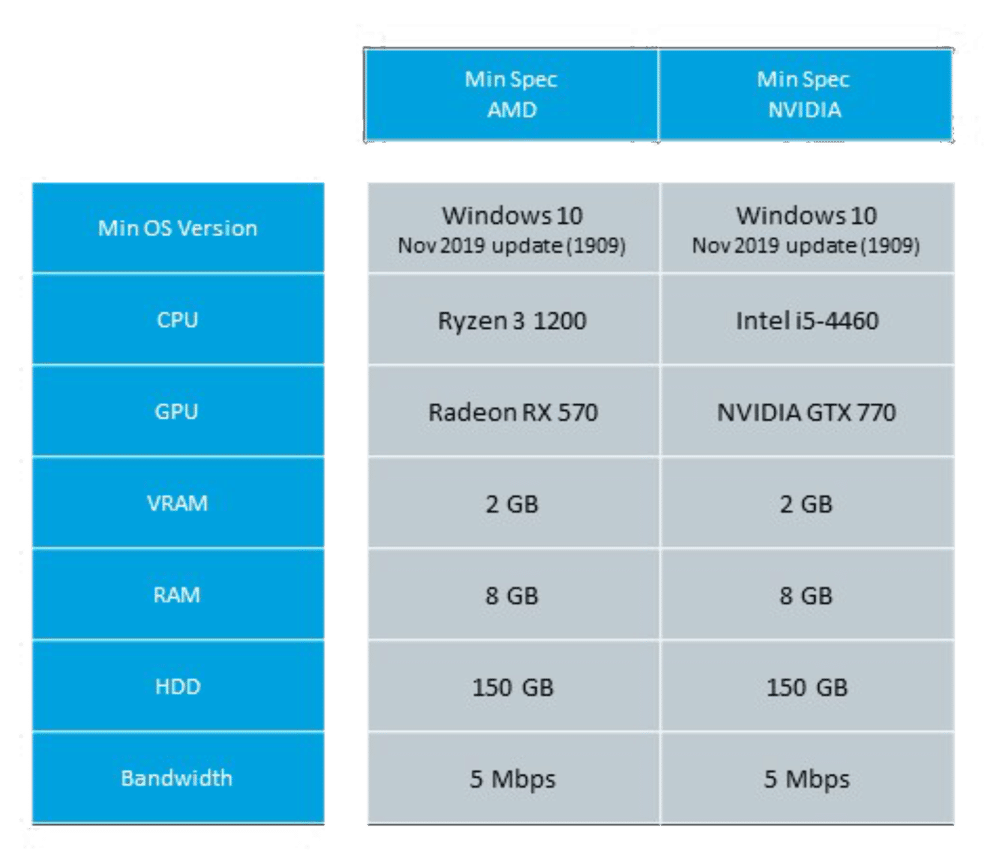
It is not currently supported on Chromebook, iPad, and other tablet and mobile devices. Silhouette 3D is a desktop-only application for PC and Macs. The minimum system requirements for Mint Studio are as follows:
Compute specs simbl software#
Higher specifications are recommended to improve software performance. ⚠ NOTE: These represent the minimum requirements. It is not currently supported on Chromebook, iPad, and other tablet and mobile devices. Network: Any network controller (Wi-Fi or Ethernet).Graphics: Any that supports OpenGL 1.2 (Any GPU since 2010).Processor: Intel or AMD Quad-core at 2.5GHz.Internet connection: Strongly recommended for updates and download of purchased designs.

NOTE: This software is not compatible with macOS 12 (Monterey) or above Operating System: PC (Windows 7 and higher) or Mac (OS 10.10 to 10.15).The minimum system requirements for Silhouette 3D are as follows: Some features, such as Image Effects may not be supported with older graphics cards. It is not currently supported on Chromebook, iPad, and other tablet or mobile devices. Silhouette Studio is a desktop-only application for PC and Mac. Processor: 2 GHz (or faster) processor speed.
Compute specs simbl license key#
Required to activate a license key for upgrading
Compute specs simbl full#
If not, we’re always looking for new problems to solve! Email yours including screen captures as appropriate, and whether you want your full name used.


Read our super FAQ to see if your question is covered. We’ve compiled a list of the questions we get asked most frequently along with answers and links to columns: This Mac 911 article is in response to a question submitted by Macworld reader David. When it comes down to it, though, there’s an ipso facto situation, if I can drop some Latin: if, literally “on the face of it,” the cable lacks clear markings as to what standard it supports, I’d return or replace it, assuming the manufacturer didn’t take the care to label it properly, which would concern me about its production standards, too.

Thunderbolt devices will appear with technical details in System Information. If the Mac does recognize it, check that the hardware doesn’t automatically drop down to a compatible, slower standard than Thunderbolt 3 by using System Information ( Option- > System Information), click Thunderbolt, and see if the device is listed there. Does the Mac recognize the device? If not, it’s not a Thunderbolt 3 cable (or it’s defective). If the cable is unlabeled, you can plug the cable in between a Thunderbolt 3-equipped Mac and a Thunderbolt 3 device. A USB-only cable will show a SuperSpeed+ symbol, which may differ if it has high-wattage power suport. Some manufacturers may also stick a “3” on there, although the USB-C and Thunderbolt 2 cable shapes (the same as Mini DisplayPort) are distinctly different. A Thunderbolt 3 cable should have a lightning bolt symbol printed on the cable head on both ends.


 0 kommentar(er)
0 kommentar(er)
